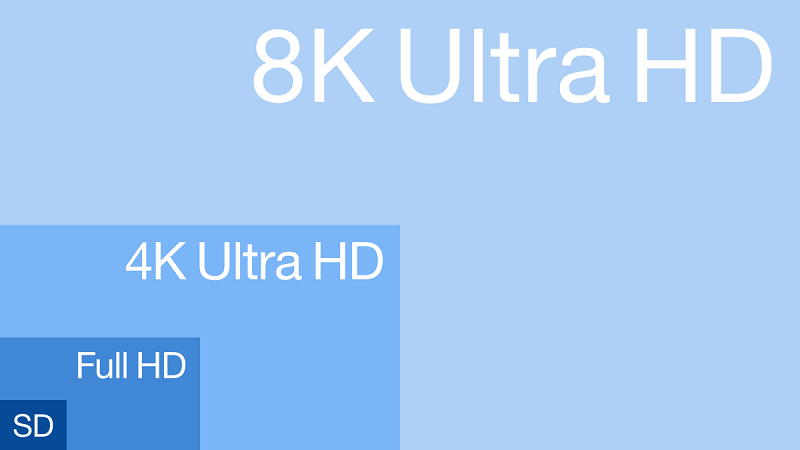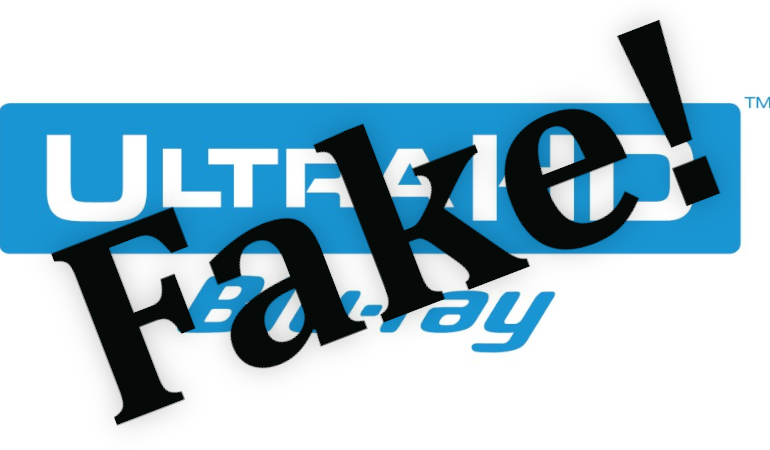Upscaled 4k Ultra HD Blu-ray Movies – Explaining the Controversy
As you delve deeper into the home theater hobby, you may have come across some very angry people. Why are they angry? Fake 4k. Fake 4k is when a movie or show is released on Ultra HD Blu-ray. But this show was never shot in 4k. The original masters were in a lower resolution. Those masters were upscaled to 4k for the Ultra HD Blu-ray movie release. The problem? They were never 4k so calling them 4k is a lie! We’re being lied to! Oh, the injustice of it all!
What is Upscaling?
Upscaling, at its most basic, is when we take an image that is one resolution and convert it to a resolution that is higher. If you have an image that is 800 by 800 pixels but you need it to be 1000 pixels tall, you can do that. If you open it with any image program, you can upscale it by inserting the new value. Now, if you just stretch the height, the image will look weird. It will be distorted. But, if you stretch both equally, it should stay relatively clear, as long as you aren’t upscaling it too much.
The problem with upscaling is that it can create artifacts. If you’ve ever taken a very small image and tried to blow it up, you’ve seen this. But even smaller changes can create issues if done poorly. When taking an image from 2k or 1080p to 4k, the upscaling should be fairly hard to detect. But it does depend on the quality of the original master and the quality of the upscaling.

What is Film Resolution?
One question we often get is about the native resolution of film. If a movie or show was shot on 35mm film, is that good enough for 4k? The answer is, probably. But it depends on a lot of factors. The quality of the equipment, the speed being used, the quality of the film stock…a lot of things can affect the quality of the original master.
Many movies these days are shot with 4k Ultra HD Blu-ray releases in mind so they will never need to be upscaled. Maybe not so much for the home release but because most movie theaters have shifted to digital projection methods simply because of ease of use and cost savings. Those movies would have been shot on digital cameras with 4k or higher native resolutions. No upscaling required!
But older movies were shot with regular film. The general consensus is that a movie shot on film likely has at least a 4k resolution. That’s why some of these remasters of older films can look so good.
Why All the Hate?
The real problems come up when we look at early digital cameras used for movie making. These cameras have a native resolution lower than 4k. Those movies must be upscaled to 4k for their Ultra HD Blu-ray releases. These are the “fake” 4k movies that people seem so angry about. But do they have a point?
It seems that the crux of the problem with upscaling is not so much the upscaling but other issues. Honestly, going from 1080p or 2k up to 4k as far as pixel count is concerned should be fairly seamless. But, when upscaling is applied, other video processing is done. Sometimes the video is “denoised.” This is when small artifacts are removed digitally. This can make the image look softer (edges less crisp) than the original. This is especially problematic if there was grain in the original that has now been removed. Other video processing can be applied as well that can change how people view the quality of the movie. Mostly, they notice a change.
Really though it seems people just want to be mad about the branding. If the movie is an upscaled 4k rather than a 4k transfer, the Ultra HD Blu-ray should be labeled as such they reason. They may have a point. But the counterargument is that having different labeling would just add confusion. Are common consumers going to know the difference between an upscaled 4k movie and a “true” 4k movie? More importantly, are they going to care? Did you before you found out “fake” 4k was a thing?
Additional Benefits
The real problem we have with this “controversy” is that it focuses solely on resolution. Yes, there is, objectively, a difference between an Ultra HD Blu-ray movie that was upscaled to 4k versus one that was 4k native. But there is more to the Ultra HD Blu-ray release than just the resolution of the image. The color gets re-graded which allows for more colors than you can realize on a traditional Blu-ray release. HDR is incorporated for a more realistic image. Sometimes, object-based audio is walled off behind the Ultra HD Blu-ray release (even though it doesn’t have to be). There are a lot of benefits to the UHD movie release that you won’t find on the other versions (streaming, Blu-ray, DVD). Crying foul over pixels seems a bit short-sighted.
Take Away
If you really care about whether or not a movie was upscaled to 4k for its Ultra HD Blu-ray release, there are tons of lists out there. We have no idea how accurate those lists are so we won’t link them here. Just remember that the Ultra HD Blu-ray isn’t only the number of pixels on the screen. If you have a newer display, you’re getting more colors, HDR, and object-based audio as well. A good upscaled 4k movie can look just as good as a native 4k one. Don’t get roped into thinking that they are all bad by definition.


